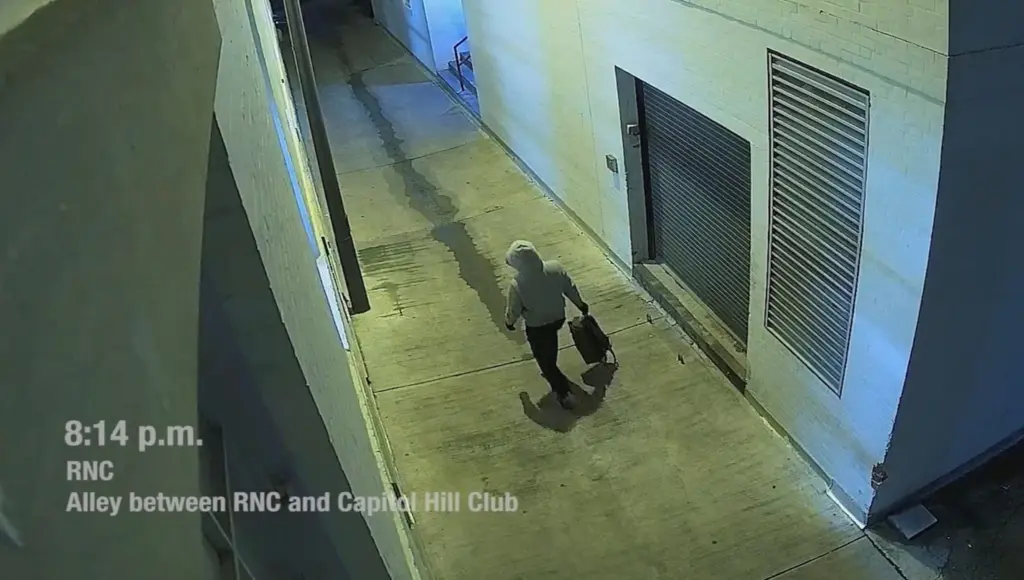The month of April is a very special month for many in the Northern Hemisphere! With the season of spring well underway; we look to warmer temperatures and more sunlight, along with the many types of flowering plants. The sky is no exception either! April opens up with a discussion of the Moon and how we can follow its progress across the night sky.
April begins with a gibbous moon moving on to a very sacred and interesting full moon on the night of April 6th. This is known as the Full Pink Moon and the seasonal Moon known as the Paschal Moon, in reference to the Easter and Passover season. Easter is on April 9th and Passover begins on April 5th thru April 13th. The moon is full at exactly 12:35 AM EDT on the 6th. The Moon will ride low in the constellation of Virgo.
The history of the Easter and Paschal Moon is here:
https://en.wikipedia.org/wiki/Ecclesiastical_full_moon
From here, the Moon moves on to last quarter on the 13th as the Moon wanes and continues as a thin crescent. The end of this lunar cycle is on the 20th as the New Moon provides us with dark skies.
For those of you on the other side of the planet a rare hybrid solar eclipse on the 20th.This is an eclipse of the Sun which can be both an annular as well as a total solar eclipse, depending where you are in the path.
To learn more about this rare event:
http://xjubier.free.fr/en/site_pages/solar_eclipses/HSE_2023_GoogleMapFull.html
The Moon begins its next waxing phase as it is well paced in the W at sunset. The Moon will pass close to Venus on the evening of the 23rd, making for a nice conjunction in the sky!
For planets, we loose Jupiter to solar conjunction on the 11th, as Venus and Mars are still the main “visible” planets in the April skies.
Venus passes close to the star Aldebaran in Taurus on the 20th in the W at sunset.
Mercury puts on a nice show in the W at sunset on or about the 11th.
If you are a fan of meteor showers, April is the month to begin your search as the annual
Lyrid meteor shower will peak on the nights of the 21st and 22nd.
The Lyrids are one of the oldest of meteor showers. This all comes from a comet known as Comet Thatcher. The comet was discovered back on April 5th 1861 and has a 415 year orbital period and provides us with a decent meteor shower each year.
Look to the NE shy after midnight till dawn on the above listed nights and under dark skies, you may see upwards of 15 meteors per hour.
The details on the Lyrids are here:
https://en.wikipedia.org/wiki/Lyrids
April is a great month to look for the aurora which have been seen in a large portion of the US and Canada and even as far as Florida.
Best to look from midnight till dawn on moonless night!
Happy Easter and Passover!
Clear skies!
Email me at: drskyshow@gmail.com














